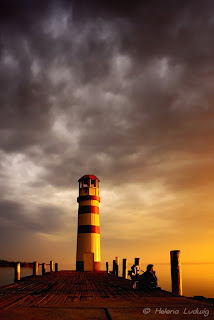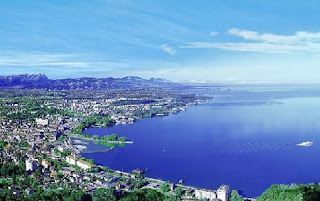The Waldviertel (forest district) in the north-west
The name Waldviertel deriving from the
extensive forest cover of this region in the north-west of
Niederösterreich, paints a realistic picture of this rough, yet totally
idyllic landscape. The Waldviertel is not just rich in castles and
monasteries, it also boasts a host of mystical places which form the
basis for a wealth of sagas and fairytales.
The Weinviertel (wine district) in the north-east
The Weinviertel borders the Waldviertel to the east and as its name indicates it, the area is dominated by agriculture, in particular wine growing. This part of Niederösterreich which is actually the largest wine growing area in the entire country is a worthwhile destination for culinary discoveries and offers visitors some charming sceneries.
The Mostviertel (cider district) in the south-west
Mostviertel is the term used to describe the area in the south west of Niederösterreich. The name comes from 'Most', the German expression for the fermented juice of pressed pears and apples (cider). The fruits that form the basis for this fruit wine come from the countless pear and apple trees which grow along many of the roads in this area. Mighty square farmhouses are evidence of the former importance and the wealth of the region's farmers.
The Industrieviertel (industry district) in the south-east
The Industrieviertel in the South of Vienna
is, as the name suggests, the economic heart of Niederösterreich. Its
proximity to Vienna and the adjoining states of the former Eastern Block
coupled with the well-developed infrastructure have enabled one of the
most dynamic economic regions in Austria to emerge. However, the region
is also known for its picturesque towns along the 'Thermenlinie', a
geological fault line whose hot thermal springs have given rise to a spa
culture.







